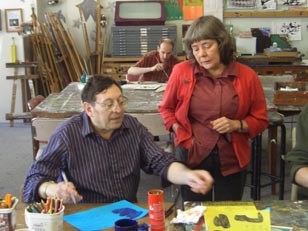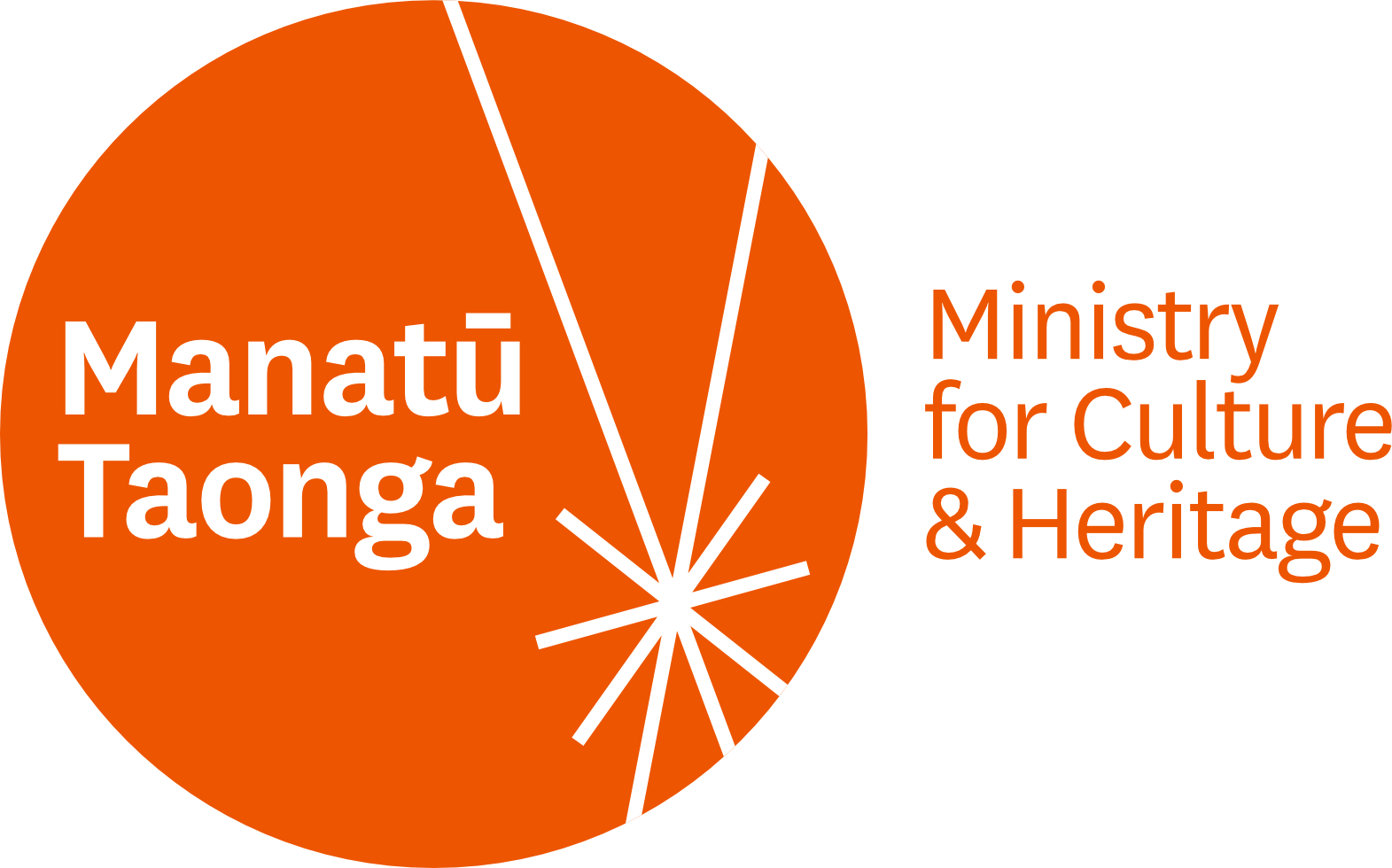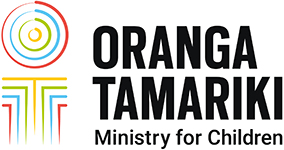Vincents ensures a sense of place and contribution
11 February 2011
Vincents Art Workshop in downtown Wellington has been celebrating 25 years of creative endeavour across a number of visual arts disciplines, culminating in late 2010 with an exhibition showcasing the art of some of the city's most vulnerable people.
 This place of learning is one of several successful, independently run creative spaces that has an open-door philosophy, and uses the arts as a tool of rehabilitation, re-integration, visibility and inclusion. Here, people can come and make art in a supportive environment and have access to arts and craft facilities, materials and skilled tuition.
This place of learning is one of several successful, independently run creative spaces that has an open-door philosophy, and uses the arts as a tool of rehabilitation, re-integration, visibility and inclusion. Here, people can come and make art in a supportive environment and have access to arts and craft facilities, materials and skilled tuition.
These spaces play a vital role in creating a sense of place for society’s often-overlooked people. In turn, these spaces and their artists help build healthy communities, says Glen McDonald, the Co-ordinator of Vincents Art Workshop for ten of its 25 years.
However, the principles of healthy communities, of inclusion and creating a sense of place for marginalised communities, have been at the core of her thinking and vision for many more years than that.
Healthy communities
“Healthy communities are those that value the diversity of all their members,” Glen says. “When people are enabled to grow emotionally, socially and in their skills, that has to be a valuable thing.
“Undervalued people do not contribute to a community’s health. They become reactive to what’s not working in their lives rather than working creatively to bring about the best solution in the face of challenges. Everyone benefits when people are valued.”
Glen believes that when creative expression is recognised, valued, celebrated and made accessible to all people within a community, it releases something vital: a person’s humanity.
“The arts deal with the intangible element of a person’s mind, spirit and soul – something that’s inherent in everyone,” she says. “At Vincents, we support people to access that humanity, their place and their contribution. That’s healthy!”
Inclusion through the arts
The principle of inclusion through the arts and creativity for at-risk or disadvantaged populations offers much to any community or city. It demonstrates a place and a way forward for refugees and migrants; for people in the justice system; for people released from prisons; for mental health service users; for disabled people … for everyone.
 Increasingly, work by Vincents’ artists is recognised by mainstream arts institutions for its insight, innovation and vision. Vincents is supported by various organisations and funders such as Wellington City Council, the Ministry of Social Development and philanthropic trusts, to continue to do this.
Increasingly, work by Vincents’ artists is recognised by mainstream arts institutions for its insight, innovation and vision. Vincents is supported by various organisations and funders such as Wellington City Council, the Ministry of Social Development and philanthropic trusts, to continue to do this.
Vincents participates in high-visibility annual community art initiatives. “For years we’ve been part of the Newtown Festival,” Glen explains. “We participate by making festive decorations and by selling great art. We give out information about Vincents and its artists. We present the public face of Vincents.
“Inclusion in events like this brings a sense of wholeness and wellbeing. It also focuses our artists’ work and thinking, and is eagerly anticipated each year.”
The oldest creative space in New Zealand, Vincents Art Workshop was established in 1985 as an essential social service and in response to the Government’s policies to de-institutionalise people from psychiatric hospitals.
Its focus is on building the whole person. It is open to anyone in the community interested in being there. The working environment demonstrates and calls for its participants to foster what they have in common with each other.
“If you think about a person as ‘at risk’ in those terms, you stop thinking about them as people just like yourself,” Glen says. “I’m passionate about not naming, not labelling people; not dividing people into groups of those who have and those who haven’t.”




